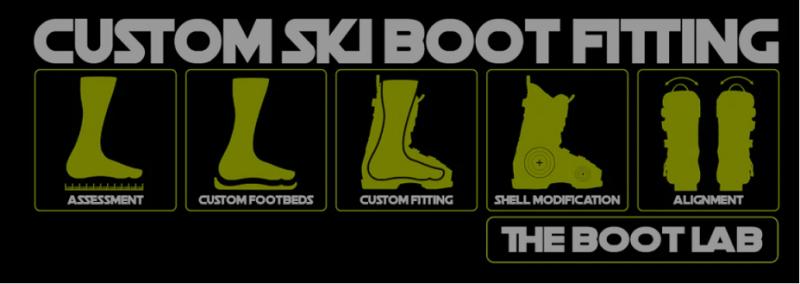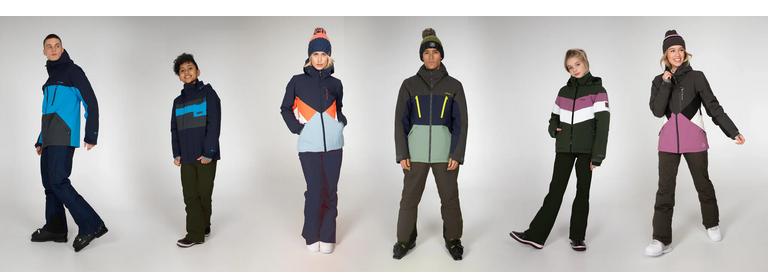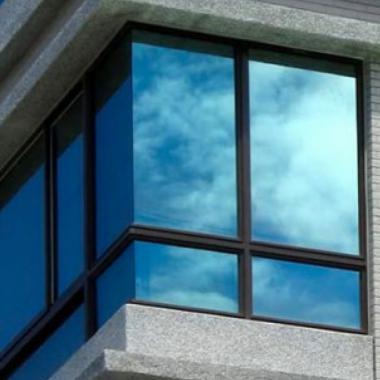What Are The Differences Between Men And Women’s Ski Boots?

If you are a skier, which of your gear would you consider the most instrumental in your success on the slopes? You might be tempted to say your skis or helmet — but without the right boots, you would probably struggle to steer yourself as you ski.
What exactly would constitute the “right” boots? To put a long story short: those that feel right on your feet, without hugging either too loosely or too tightly. However, as no given person’s feet are identical to anyone else’s, standard off-the-shelf boots might not be good enough.
This helps to explain why it is so important to attend a professional ski boot fitting, where your new boots will be carefully moulded to your feet, allowing for the perfect fit.
As part of your journey as a skier, you will need to choose a pair of boots. Which pair, then, would be the most sensible choice?
Should you consider slipping into boots designed for the opposite gender?
The majority of ski boots are unisex, i.e. made to be worn by people of either sex. Nonetheless, you might have noticed that some manufacturers have produced ski boots specifically for one sex or the other. That’s because men and women tend to differ in their foot shapes and sizes.
To some extent, though, even these boots could come to feel somewhat unisex — since, as we mentioned earlier, the physical form of feet is unique to the given individual. This means that, yes, boots intended for the other sex could turn out to be a good choice for you.
How do men’s and women’s ski boots tend to differ?
The two biggest differences are typically in the boot’s overall height and the size of the cuff. As women are generally shorter than men, it stands to reason that the former’s ski boots are usually shorter as well. Now, where can you find the cuff on a ski boot?
Basically, the cuff is the upper part of the boot’s shell. The lower part — or “lower shell” — conceals the foot, while the cuff wraps around the shin and lower leg. The cuff must match the lower leg’s angle to help prevent the skier from becoming imbalanced when sliding down the mountain.
For this reason, women’s cuffs are — compared to men’s — often lower, not to mention specifically shaped to accommodate women’s calves, which are typically further down the leg than men’s.
Also, as women can get cold more easily than men, the women’s boots are usually fitted out with warmer liners. A man who buys this boot will likely have the option of removing the liner and replacing it with a thinner or thicker one better suiting their foot size.
Are you ready to book a professional ski boot fitting with us?
You can book a ski boot fitting appointment quickly and easily via our website — and as a result, ensure you really do obtain the right footwear for your skiing exploits.
If you have any further questions about our professional ski boot fitting service available at our retail store in Dry Drayton, just outside Cambridge, please feel free to email us.











Comments